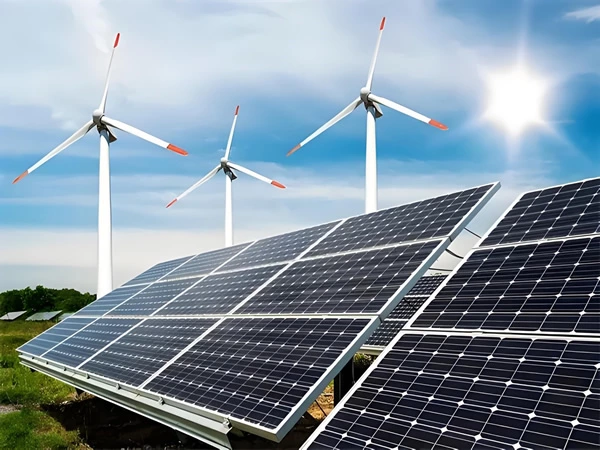The following is A detailed description of the "anaerobic + external MBR (secondary A/O) +NF+RO" combined process for treating 200 tons of thermal power plant wastewater per day:
1. Overview of the Process Flow
The complete process: power plant wastewater → regulating tank → anaerobic reactor → primary A/O → secondary A/O → external MBR → nanofiltration (NF) → reverse osmosis (RO) → water production for reuse or discharge
2. Technical Principles and Functions of Each Unit
(1)Preprocessing stage
Regulation tank
Function: Balance water quality and quantity, adjust pH to 6.5 - 7.5, and cool down to ≤ 35℃ (to avoid affecting subsequent biological treatment).
(2)Anaerobic treatment unit
Principle: Anaerobic microorganisms decompose organic matter into CH₄, CO₂ and H₂O under anaerobic conditions, which is divided into four stages: hydrolysis, acidification, acetogenesis and methanogenesis. The high COD in the thermal power plant wastewater is significantly degraded in this stage.
Advantages: COD removal rate of 60-80%, biogas produced can be recycled as energy; capable of withstanding high organic load.
(3)Secondary A/O + External MBR
The A/O (anoxic/aerobic) process principle:
Primary A/O: Enhanced Denitrification
In the anoxic section (A), denitrifying bacteria utilize the carbon source in the wastewater to reduce NO₃⁻ to N₂, thereby removing total nitrogen.
In the aerobic section (O), nitrifying bacteria oxidize NH₄⁺ to NO₃⁻ and simultaneously degrade the remaining COD.
Secondary A/O: Further advanced nitrogen and phosphorus removal (carbon source or chemical phosphorus removal agent can be added).
External MBR (Membrane Bioreactor):
Principle: Ultrafiltration/microfiltration membranes retain activated sludge and large-molecule organic substances, replacing secondary sedimentation tanks.
External features: The membrane module is independent of the biological tank and is driven by a circulating pump for cross-flow filtration; it is easy to clean and maintain, and is suitable for high SS wastewater.
Advantage: The sludge concentration can reach 15-20g/L, enhancing the treatment efficiency.
(4)Nanofiltration (NF)
Principle: Retain organic substances and divalent ions with molecular weights ranging from 200 to 1000 Da.
Function: Remove residual trace organic matter, colloids and color from the effluent of MBR; soften water quality (reduce the risk of RO scaling).
(5)Reverse Osmosis (RO)
Principle: A semi-permeable membrane (pore size < 1 nm) retains all dissolved salts and small organic molecules, allowing only water molecules to pass through.
Function: Deep desalination to meet the standards of boiler feed water or circulating cooling water; removal of trace heavy metals.


